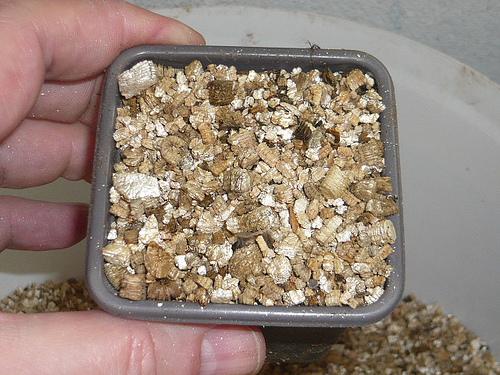Keeping a garden journal during the landscape design process is an excellent way of keeping track of valuable information that will guide future changes and plant choices.
As you progress through the inventory and analysis phase of design, documenting characteristics of the landscape that might influence plant survival can be noted in the journal.
- Observe soil drainage in the landscape
- Identify areas in the landscape that are getting too little or too much water (ponding)
- Pay attention to plants that

